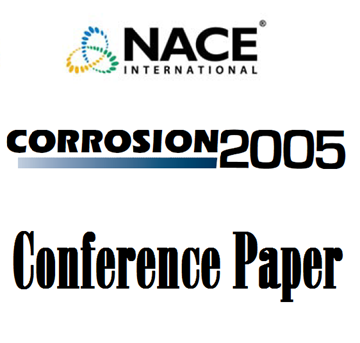Search
51315-5584-The Influence of pH on Localized Corrosion Behavior of X65 Carbon Steel in CO?-saturated Brines
Also Purchased
Understanding Pitting Corrosion Behaviour of X-65 (UNS K03014) Carbon Steel in CO2 Saturated Environments: The Temperature Effect
Product Number:
51314-4214-SG
ISBN:
4214 2014 CP
Publication Date:
2014
$20.00
05551 CO2 Corrosion Prediction Model - Basic Principles
Product Number:
51300-05551-SG
ISBN:
05551 2005 CP
Publication Date:
2005
$20.00
51315-5583-Early Stages of Pitting Corrosion of X65 Carbon Steel in Sour Corrosion Environments
Product Number:
51315-5583-SG
ISBN:
5583 2015 CP
Publication Date:
2015
$20.00




